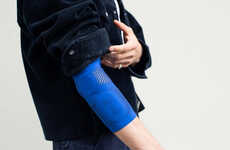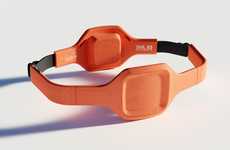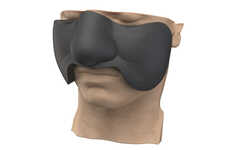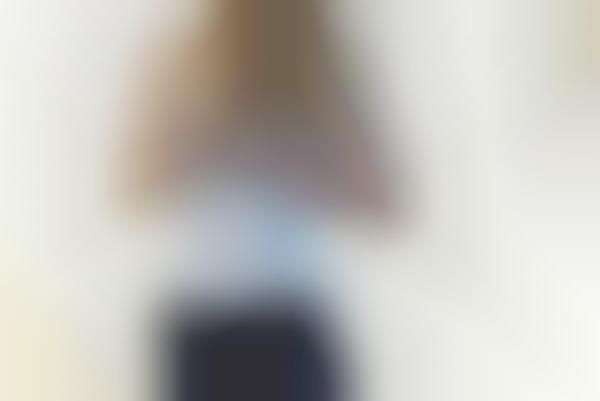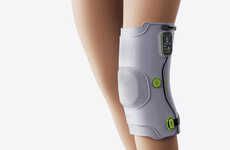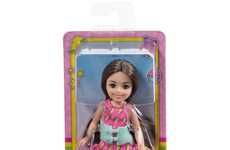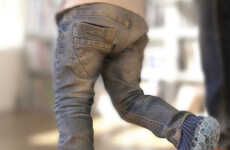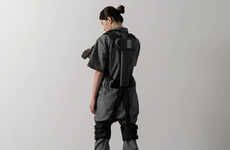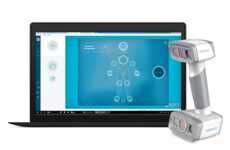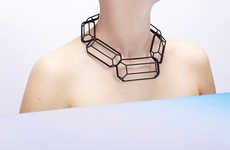
This Fashionable and Personalized Scoliosis Brace is Targeted Towards Teens
Alyson Wyers — June 12, 2014 — Lifestyle
By making a fashionable scoliosis brace, 3D Systems is looking to improve the likelihood of treatment success. The Bespoke Brace is a 3D printed back brace and personal medical device intended for teens and young adults who are suffering from the chronic condition.
Although a scoliosis brace is supposed to be worn at all times, many teens take off their stock braces, resulting in more surgery. The Bespoke is different because it is personalized, lightweight and comes in different patterns. By combining fashion, technology and design, the back brace will be more appealing to patients, and will therefore get worn more.
A successful pilot program at California's Children's Hospital of Oakland makes 3D Systems hopeful about rolling out this product further.
Although a scoliosis brace is supposed to be worn at all times, many teens take off their stock braces, resulting in more surgery. The Bespoke is different because it is personalized, lightweight and comes in different patterns. By combining fashion, technology and design, the back brace will be more appealing to patients, and will therefore get worn more.
A successful pilot program at California's Children's Hospital of Oakland makes 3D Systems hopeful about rolling out this product further.
Trend Themes
1. Fashionable Scoliosis Brace - Designing 3D printed back braces with personalized patterns and lightweight materials to increase patient compliance and improve treatment success.
2. Personalized Medical Devices - Utilizing 3D printing technology to create personalized medical devices for specific patient needs, boosting patient comfort and adherence to treatment plans.
3. Integration of Fashion and Healthcare - Combining fashion, technology, and healthcare to develop innovative solutions that address not only medical functionality but also patient aesthetic preferences.
Industry Implications
1. Healthcare - The healthcare industry can leverage 3D printing technology to create personalized medical devices that enhance treatment outcomes and patient satisfaction.
2. Fashion - The fashion industry can explore collaborations with medical device manufacturers to develop fashionable and customizable healthcare products, bridging the gap between fashion and healthcare.
3. Technology - The technology industry can contribute to the development of personalized medical devices by providing advanced 3D printing technologies and solutions.
1.4
Score
Popularity
Activity
Freshness


